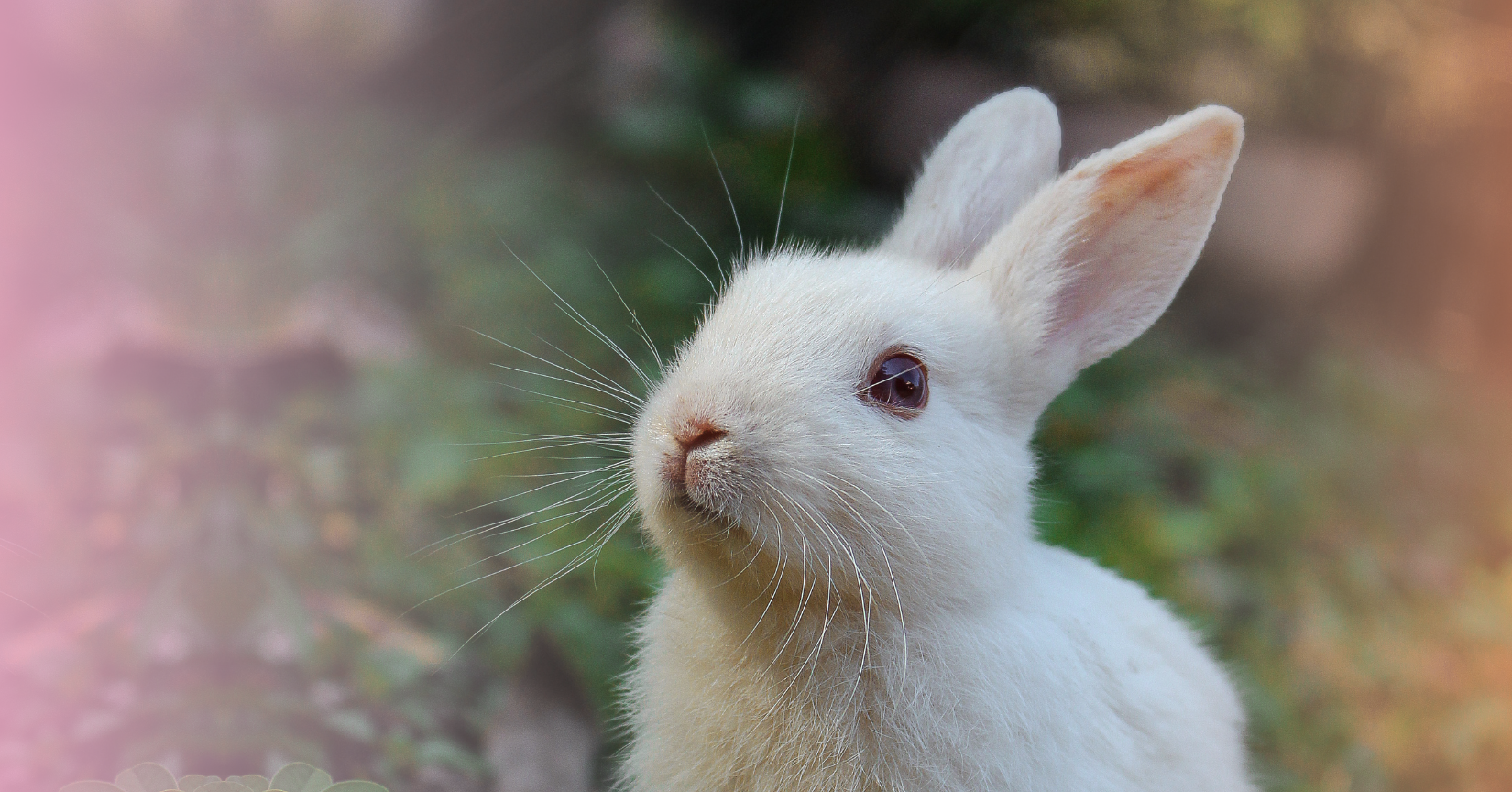
Rabbits are among the most gentle (and adorable!) creatures, but, tragically, they are also among the most exploited by humans.
In addition to their brutalization and killing for meat and other products (e.g., angora wool), rabbits are routinely used for painful chemical tests and highly invasive, torturous biomedical experiments.
Rabbits’ benevolence is one of the primary reasons they’re used in labs.
Researchers and pro-animal experimentation groups readily admit that rabbits’ mellow and obliging natures make them desirable research subjects–their benevolence (coupled with their often passive, evolutionary response to fear), making them easier for researchers to hurt.
In 2021 alone, U.S. laboratories reported exploiting over 144,000 rabbits.
Researchers know that rabbits suffer in labs.
The first federal, U.S. regulation to consider nonhuman animals used for research–the 1966 Laboratory Animal Welfare Act (later amended and renamed the Animal Welfare Act)–considered only six types of animals, and rabbits were one of them. This means that rabbits were part of the federal conversation about non-human animal use in U.S. labs from the beginning.
Moreover, even the most rabid pro-animal research organizations both (1) acknowledge that rabbits have needs (e.g., socialization, exercise), and, thereby, given what we know about animal housing in labs, (2) implicitly concede that life in a laboratory cage harms rabbits . . . even before the research or testing begins.

Rabbits are not models for humans.
Like all other non-human animals, rabbits are complex in their own right; they are not, and cannot serve as, physiological or biological stand-ins for humans. In fact, history is rife with examples of how experiments on rabbits misled researchers, including one of the most famous: Alexander Fleming. Fleming started “live” tests of penicillin on rabbits, but the antibiotic did not work. Why? Because, unlike humans, rabbits excrete penicillin in their urine (resulting in the drug being eliminated from their systems before it can take effect). This finding in rabbits led Fleming to believe that penicillin would not be effective in humans, and he stopped working on its development. (Only later, when he administered penicillin to a very sick human who was out of other options, did Fleming recognize that the drug could be effective in humans even if not in other species.)
Rabbits, just like all other non-human animals, are the farthest cry from laboratory equipment: they are sentient beings who deserve equal consideration and protection.
If you would like to provide a loving home for a rabbit with a traumatic past, please check in with your local animal shelter.